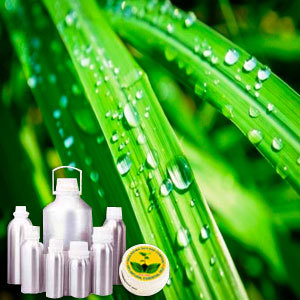Botonical Name | : | Cymbopogon flexuosus | |
CAS # | : | 8007-02-1 | |
Country of Origin | : | India | |
Color & Odor | : | Colorless clear liquid with Characteristic lemongrass odor | |
Solubility | : | Insoluble in alcohol and oils. Soluble in water | |
Specific Gravity | : | 0.86900 – 0.89000 @ 25°C | |
Optical Rotation | : | -5° to +1° | |
Refractive Index | : | 1.47900-1.48900 @ 20°C | |
Flash Point | : | 92°C | |
Ph value | : | 3.00 - 6.00 @ 20°C | |
Essential Oil Content | : | >0.025% | |
Plant Part Used | : | Leaves | |
Extraction Method | : | Hydro Distillation |
DESCRIPTION:
Known by the botanical name Cymbopogon citratus, lemongrass is a genus of about 55 species of grasses. It has citrus flavor and can be used in dried, powdered, or even used in fresh form. Lemon Grass Oil also finds usage as a pesticide and preservative.CONSTITUENTS:
Some of the constituents of Lemongrass include essential oils (including terpineol, myrcene, citral (its most active ingredient), citronellol, geraniol and limonene, among others), alpha-pinene, beta-sitosterol, coumarin, tannin and ursolic acid.AROMATIC SUMMARY / NOTE / STRENGTH OF AROMA:
A fresh aroma and has a very fresh, citrus-like aroma BLENDS WITH:
Shrimp, chilli pepper, cilantro, chicken, basil, kaffir lime, crab and scallops.COMMON NAMES:
lemongrass, lemon grass, barbed wire grass, citronella grass, silky heads, cha de Dartigalongue, Hierba Luisa or Gavati Chaha, fever grass.USES:
The extract is used as an herb in Asian cuisine. Some of the common usage includes in teas, soups, curries, poultry, fish, seafood. Lemon Grass Oil is also used as pesticide and preservative especially for old manuscripts as it has anti-fungal properties.


































